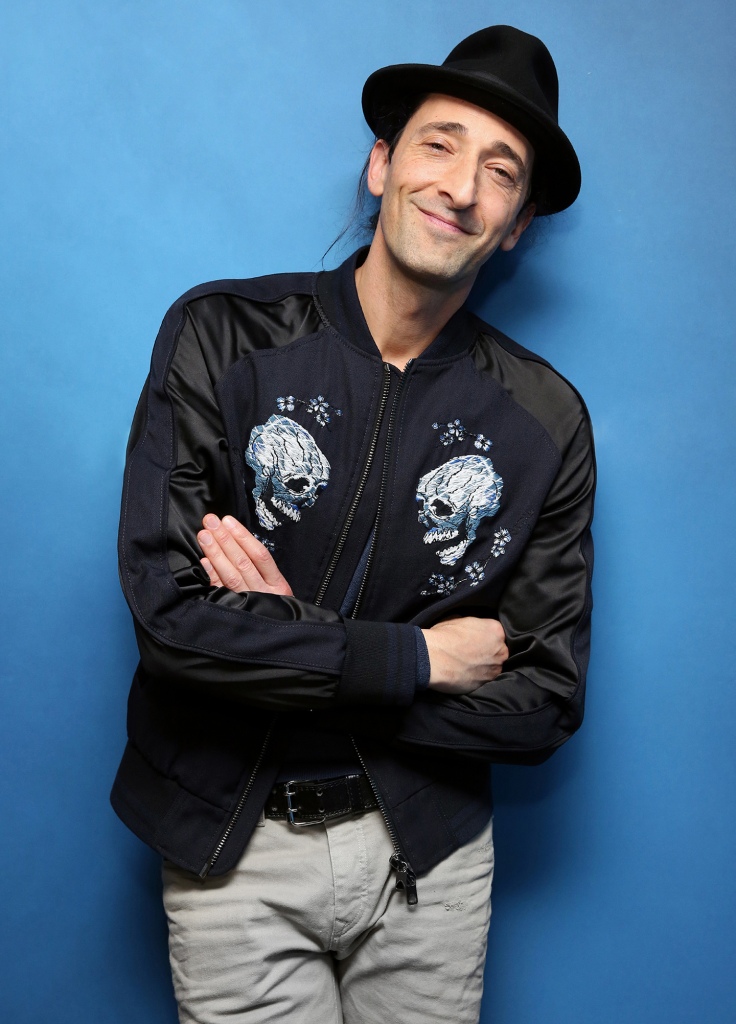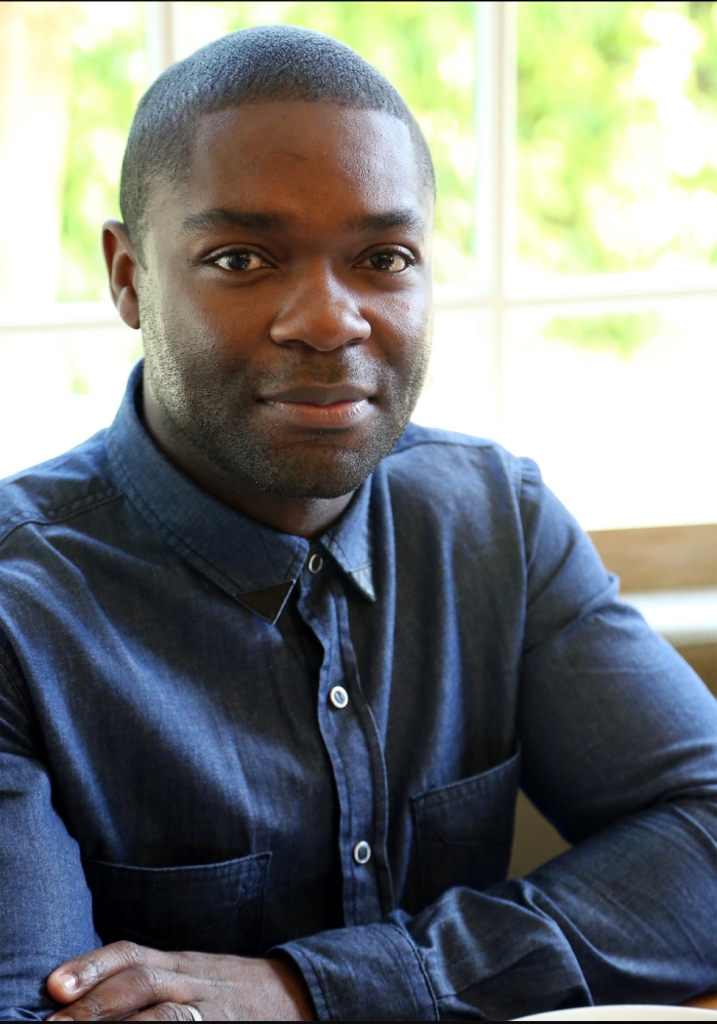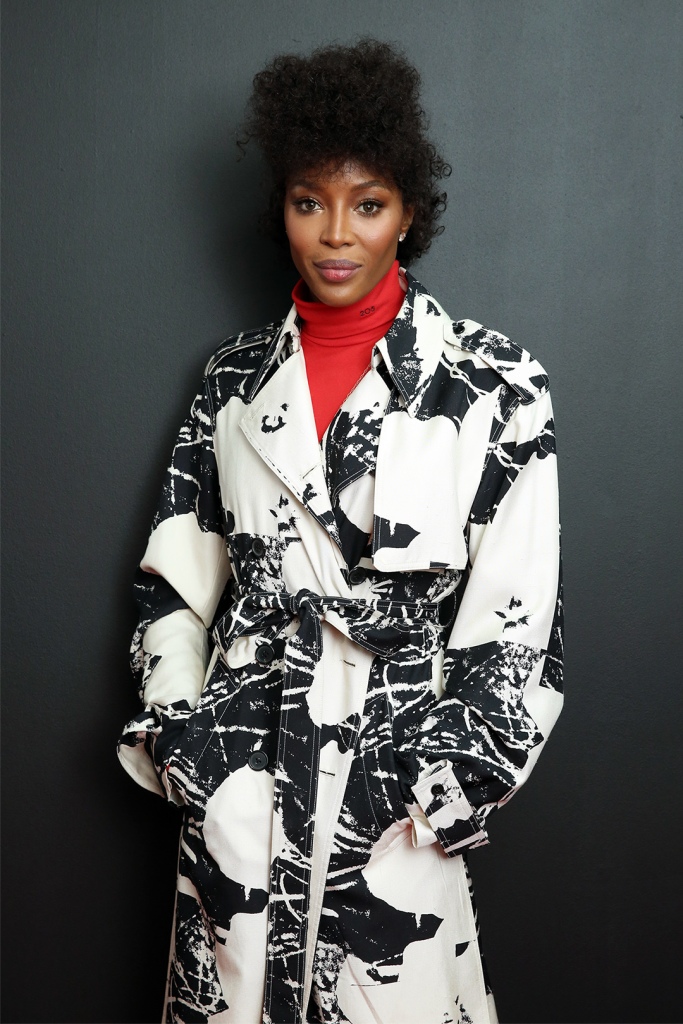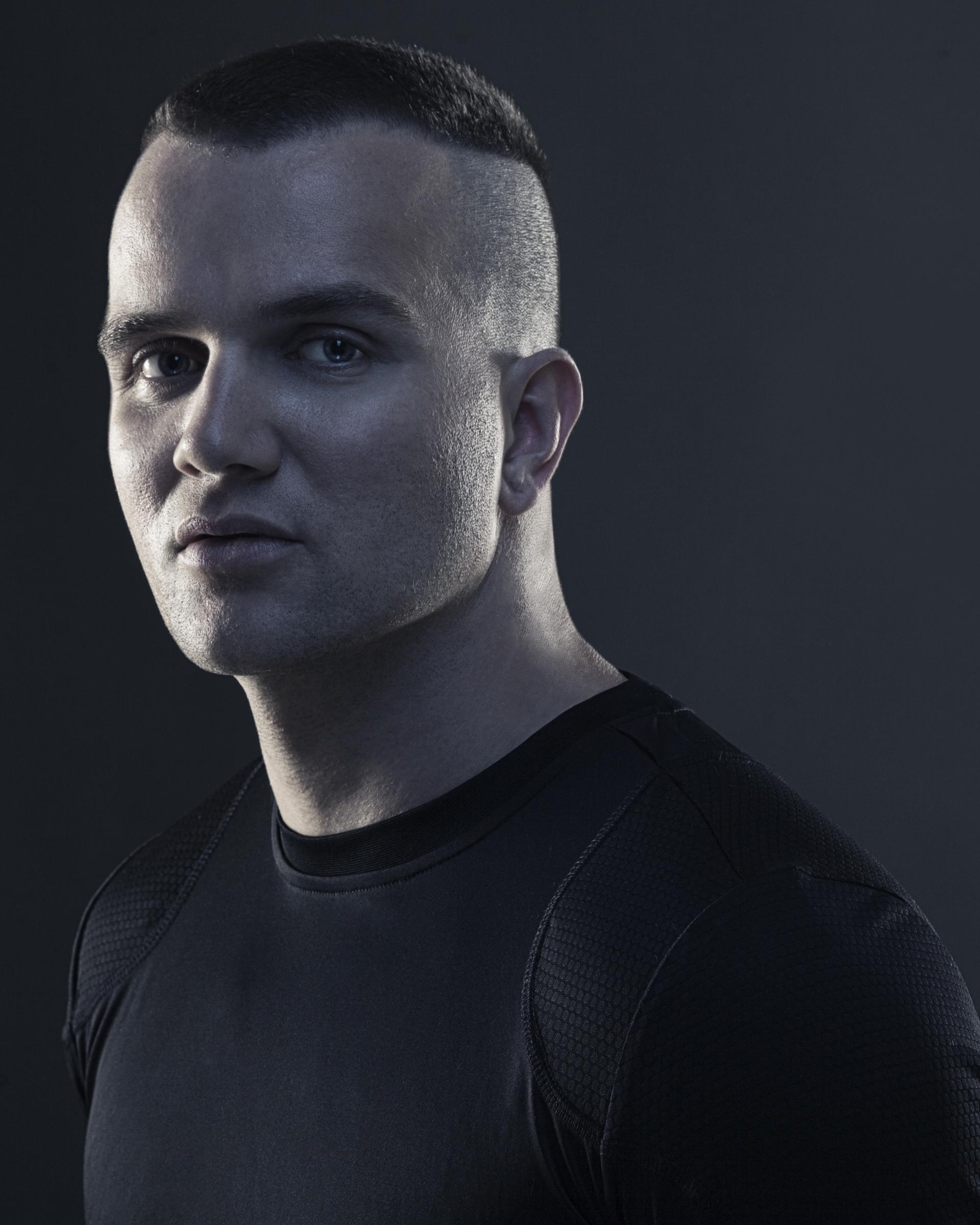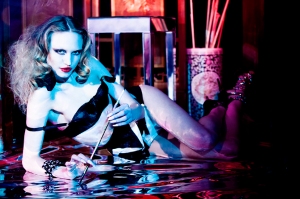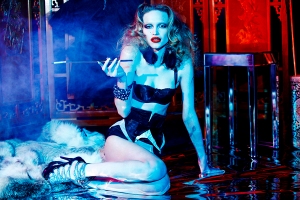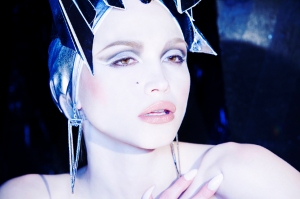Be it through music, film or fashion, we have a habit of making celebrities larger than life. But no matter the level of hype surrounding them, the facade of celebrity can be dissolved and the human experience underneath can be revealed through portrait photography. While any picture can tell a thousand words, a perfectly executed portrait can tell a hundred stories. It can convey personality, passion and raw emotion in a way other mediums simply cannot, and it’s an art that professional photographer Monica Schipper has confidently mastered.
A compelling portrait requires two things: an interesting subject and intelligent lighting. Growing up in Melbourne, Australia, Schipper first developed her flair for photography with the assistance of her mother, positioning her in front of windows around the house and experimenting with the nuances of natural light. She couldn’t have foreseen it then, but after moving to America in 2008 and rising through the ranks of New York City’s photography scene, Schipper is now bringing that same enthusiasm and technical ability to photoshoots with some of today’s most influential figures.
One of Schipper’s first big breaks came in 2013 through seminal entertainment magazine Variety. Each year Variety unveils its “10 Actors to Watch,” highlighting up-and-coming talent marked to be cinema’s next big thing. The class of 2013 was a particularly distinguished group with the likes of Star Wars star Oscar Isaac, Black Panther protagonist Michael B. Jordan (fresh off his Sundance win for Fruitvale Station) and Marvel starlet Brie Larsson, all attending the honorary panel at the Hampton International Film Festival.
Booked by the HIFF as their house photographer, Schipper was briefed to capture high-quality images of the “10 Actors to Watch” for use in the film festival’s press releases, as well as by Variety for content related to their annual event.
It wouldn’t be the last time Schipper’s work would be featured in Variety. Being a frequent contributor since 2013 to Getty Images, the world’s largest media agency, Schipper and her camera have been granted access to countless high-profile events and personalities.
“When I’m shooting for Getty Images I often don’t know where my photos will end up,” the photographer says with a laugh. “My work turns up in publications all over the world!”
Through Getty, Schipper was assigned to shoot the 2018 Tribeca Film Festival’s social justice event, Tribeca Talks: TIME’S UP. A collaboration between Tribeca Film Festival and TIME’S UP in response to the national movement for gender equality in the workplace, the event hosted a day of conversations with women who had played pivotal roles in raising awareness for the cause.
Activists, storytellers, business leaders, filmmakers, lawyers, media figures and more shared their stories and sought the next steps to establish the parameters for lasting change across industries and the pay spectrum. Schipper was briefed to capture strong, impactful portrait images of the speakers who participated in the Times Up panel discussions. The participants included prominent contemporary actresses such as two-time Golden Globe Award winner Marisa Tomei, Oscar Award winner Julianne Moore, Sienna Miller (“American Sniper”), Primetime Emmy nominee Jurnee Smollett, Primetime Emmy Award winner Mariska Hargitay, activist Tarana Burke and author Elaine Welteroth.
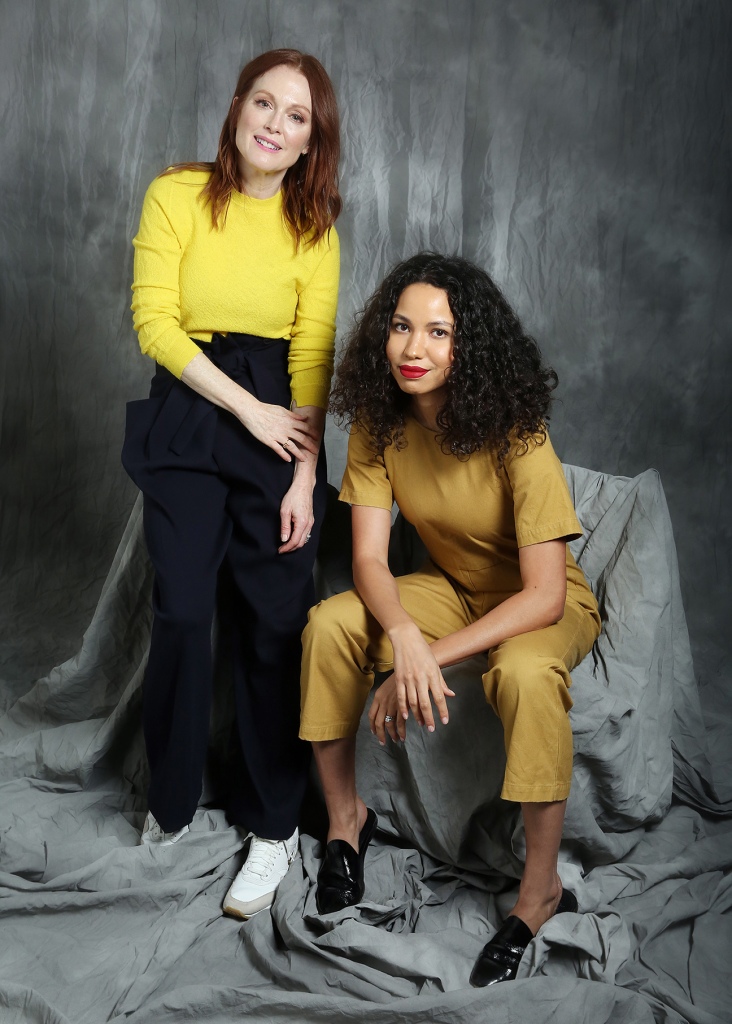
The portrait studio was a last-minute addition to the TIME’S UP event, requiring focused professionalism and a fair bit of improvisation on Schipper’s part. Finding a flow between solo and group shots within time and lighting constraints was a challenge, but Schipper and her team were well up to the task, adopting a minimalist approach to capture the authenticity and charisma of the featured panelists.
“TIME’S UP wanted something clean and simple so as to not distract from the personalities involved,” explains Schipper. “Working with these amazing people and being a part of something so important was incredible.”
In 2018, Schipper was hired by iconic fashion brand Calvin Klein to orchestrate a series of celebrity portraits backstage at their Fall Fashion Week, hosted at the New York Stock Exchange. The series boasts a plethora of entertainment A-listers such as supermodel Naomi Campbell, actress Kate Bosworth (“Blue Crush”), Rami Malek who won an Oscar for his performance in “Bohemian Rhapsody,” Oscar nominee Jeff Goldblum (“Jurassic Park”) and two-time Primetime Emmy nominee Millie Bobby Brown, and the results are simply stunning.
One would never guess that Schipper had to scramble to create the backstage shoot with next-to-no prep time. Not only did she have to navigate the logistics of a high-pressure session in a tiny hallway corner, amidst each of the talent’s entourages, she also had to manufacture a creative solution for the corridor’s unamenable artificial lighting.
“I had maybe a minute to get set up before people started arriving. It was one of the fastest scrambles to prep for a shoot I think I’ve ever had!” says Schipper reliving the moment. “I had to work with what I had, so I used the black wall as a backdrop and bounced my flash off the white wall creating a giant softbox effect.”
The improvised setup initially raised concern among some of the subjects, namely model Naomi Campbell—no stranger to a photoshoot! But Schipper’s results and professionalism quickly spoke for themselves.
“When Naomi Campbell came through I took one frame of her before she stopped me, citing the ugly overhead lighting,” Schipper tells, “but I explained what I was doing with my setup, and then I showed her my shot, to which she replied ‘Oh! That looks nice, keep going!’.”
The Calvin Klein Portraits series were a resounding success for both the fashion brand and Schipper. The portraits have since been featured in Elle, People, W, GQ, Esquire, Teen Vogue, Pitchfork and BET, to name a few. It is among Schipper’s most memorable shoots to date, showcasing both her technical finesse and her intuitive artistry behind the lens.
“The most interesting thing about the Calvin Klein series was the technical challenge,” the photographer states. “Most people who view them believe they were taken in a full studio setup, not a quick backstage shoot.”
Schipper has gone on to photograph countless big-name events in both the entertainment and political sphere, regularly shooting for the New York Women’s Foundation and the MS Foundation. These successes led to further work with prominent global organizations including the Women in the World Summit, the United Nations Women for Peace Association, International Women’s Day at the United Nations headquarters, Michelle Obama’s Let Girls Learn global conference and many more.
Having achieved so much already in the world of photography, we were eager to hear what we can expect next from the lady behind the lens.
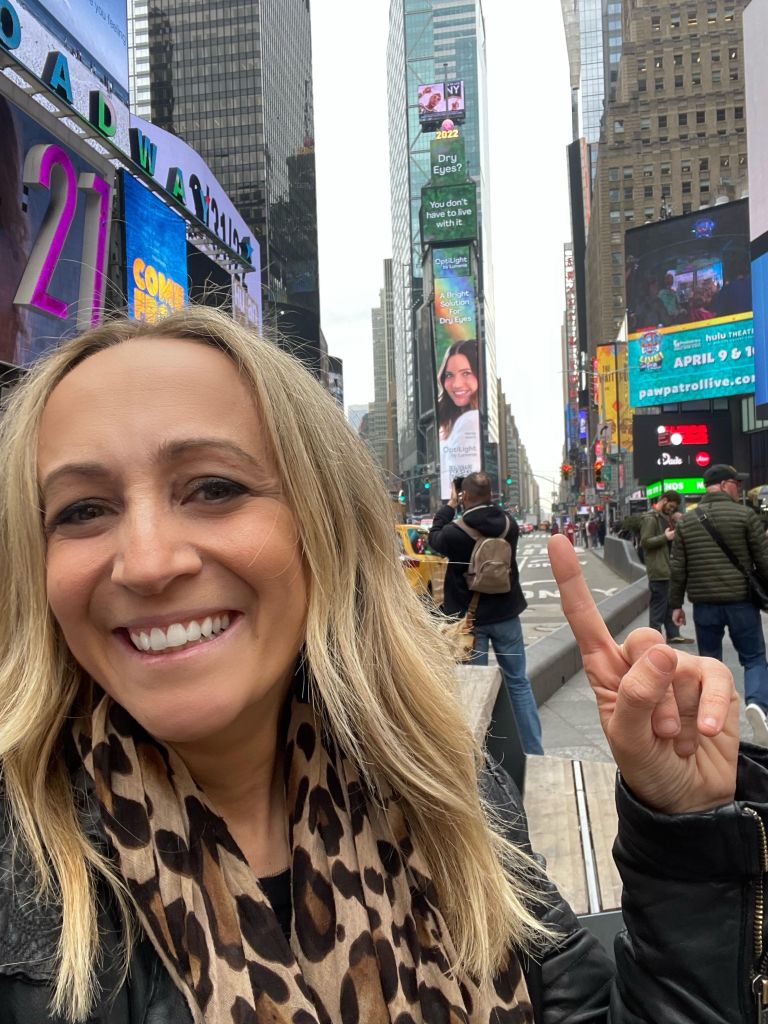
“I’d love to shoot a magazine cover portrait, to do work where I have more creative freedom and have the ability to collaborate with other talented creatives,” Schipper says. “There’s something special about being able to capture a moment in time. When people look at a photo it transports them back to that moment.”
Whatever Monica Schipper sets her focus on next, you can bet it’s only a matter of time before it’s seen in publications everywhere.

